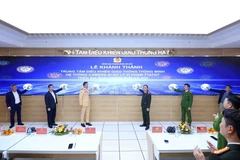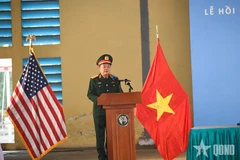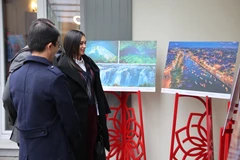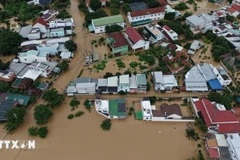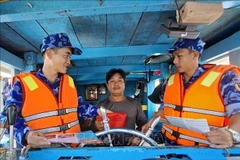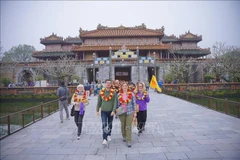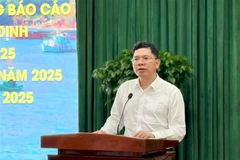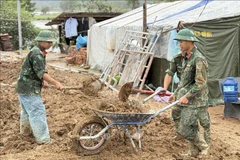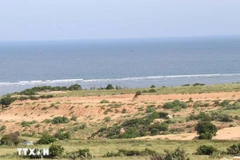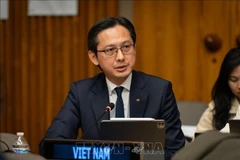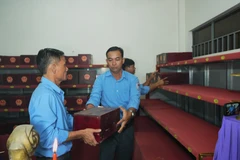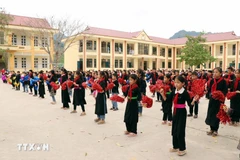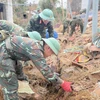Once its lands - like most of thesouthern province of Dong Nai - were used for farming. Now all that seems tohave gone.
Co-operatives, storage facilities, the water pumping stationand the courtyards where rice was dried are idle.
Paddy fields arecovered with wild grass. Farming has declined quickly with urbanisation,explains Bien Hoa People's Committee Economics Officer director Ta Trung Quang.
Commune farmer Nguyen Van Nam used to cultivate 1,140sq. m.
Buthis family has not worked the land for the past three years and his three sonsare employed at a factory.
"Our sons work at factory for the higherpay," he says. "But to allow the land to remain fallow is a waste."
Fellow farmer Hai Vinh says: "The young people all work at factories,only the elderly who can't work stay at home. If we want to farm, we have tohire labour which is expensive."
Like Nam and Vinh, Nguyen Van Toan with720sq. m. of arable land wants to continue as a farmer but cannot do so becauseno one else will join him.
Without a farm or factory job, he harvestshay to sell to livestock breeders.
Farmers want to diversify their cropsor build a house. But the inclusion of their land in the State plan stymiestheir ambition.
"There was once about 150ha of paddy field," says Toan.But now only 20ha is used. Farmers don't want to continue working the landbecause of the shortage of labour and high production costs."
Theexpensive irrigation system has also fallen into decline. The Hiep Hoa 1, HiepHoa 2 dykes and two pumping stations are unused while fruit trees along the dykeembankments go dry.
Dong Nai Agriculture and Rural DevelopmentDepartment deputy director Tran Dinh Minh explains apologetically: "We tried tobase our construction plan on the local reality.
But after building thedykes, things turned out differently"./.

